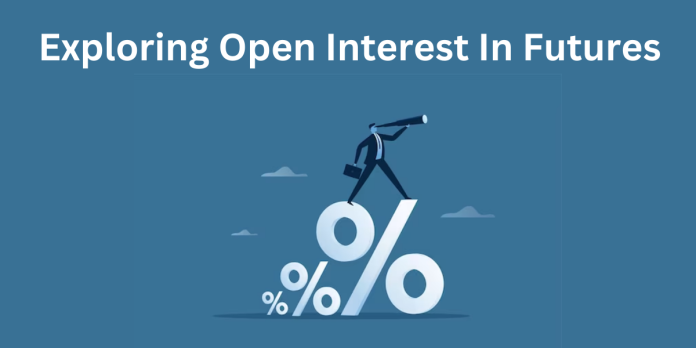In our first part, we explored what a Futures Contract is and its common terminologies, and we promised to cover more topics in this series. Now, we are going to delve into the concept of Open Interest and discuss some important principles by Martin Pring.
Let’s start with the open interest first.
Open interest is a critical metric in futures trading. It represents the total number of outstanding futures contracts for a specific financial instrument at a given time. In simpler terms, open interest tells us how many contracts exist that have not yet been offset by an opposing trade or exercised by delivery. It serves as a snapshot of market activity and can offer insights into trader sentiment.
For each futures contract, there are always two parties involved: the buyer (long) and the seller (short). If a new contract is created, both open interest and trading volume increase by one. If an existing contract is closed out with an offsetting transaction, open interest decreases by one.
A rising open interest typically indicates increased market participation, suggesting growing interest in a particular asset or vice versa. However, it’s crucial to remember that open interest can change throughout the day as new positions are opened and old ones are closed.
What Open interest tells us:
A rise in open interest combined with a price increase is typically seen as a validation of an upward trend, while an increase in open interest alongside a price decrease signals a confirmation of a downward trend. If prices change without a corresponding change in open interest, it may suggest the potential for a trend reversal.
Let’s explore the 8 essential principles regarding open interest in futures trading, as described by a famous technical analysis expert Martin Pring in his book, ‘Martin Pring on Market Momentum’:
- If prices are rising and open interest is increasing at a rate faster than its average, this is a bullish sign. More participants are entering the market, involving additional buying, and any purchases are generally aggressive in nature.
- If the open interest numbers flatten following a rising trend in both price and open interest, take this as a warning sign of an impending top.
- High open interest at market tops is a bearish signal if the price drop is sudden since this will force many weak longs to liquidate. Occasionally, such conditions set off a self-feeding, downward move.
- An unusually high or record open interest in a bull market is a danger signal. When a rising trend of open interest begins to reverse, expect a bear trend to get underway.
- A breakout from a trading range will be much stronger if open interest rises during the consolidation. This is because many traders will be caught on the wrong side of the market when the breakout finally takes place. When the price moves out of the trading range, these traders are forced to close their positions. It is possible to take this rule one step further and say the greater the rise in open interest during the consolidation, the greater the potential for the subsequent move.
- When prices are rising, but open interest is declining at a rate greater than the average, this is considered a bearish signal. This market condition arises because the rising prices are driven by short covering rather than genuine fundamental demand, resulting in a net outflow of money from the market.
- If prices are declining and open interest is increasing more than the average, it indicates the initiation of new short positions. As long as this trend persists, it is a bearish factor. However, once short sellers begin to cover their positions, it turns into a bullish signal.
- A simultaneous decline in both price and open interest points to liquidation by discouraged traders with long positions. As long as this trend continues, it remains a bearish sign. However, when open interest stabilizes at a low level, it signifies the completion of the liquidation process, and prices may be poised for a potential rally.
We trust you found this section on open interest informative. In the next part, we will delve into the concepts of short covering and long unwinding. Stay tuned with us for more insights.
Disclaimer: This blog has been written exclusively for educational purposes. The securities mentioned are only examples and not recommendations. It is based on several secondary sources on the internet and is subject to changes. Please consult an expert before making related decisions.


